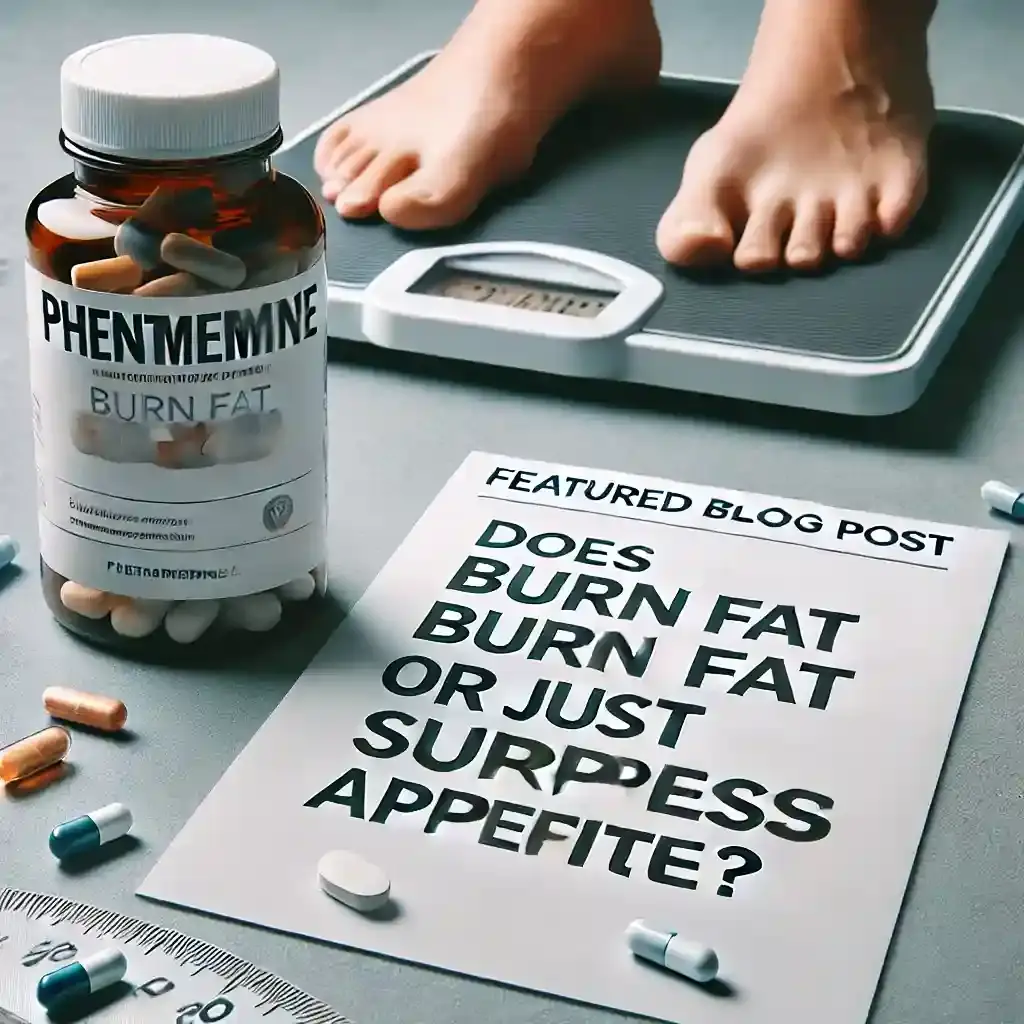|
FUPA develops from weight gain, genetics, or pregnancy. Reducing it requires consistent exercise, a balanced diet, and healthy lifestyle changes. Surgery or cosmetic treatments are last-resort options. |
Struggling with stubborn fat above the pubic area? That soft bulge, which many call the FUPA (Fat Upper Pubic Area), can feel frustrating because it doesn’t respond easily to quick fixes. It can develop after pregnancy, due to genetics, weight gain, or even stress.
The good news is, it’s not permanent. With the right mix of workouts, nutrition tweaks, and in some cases medical help, it is possible to reduce it. This guide looks at how to get rid of FUPA naturally and effectively.
What is FUPA, and Why Does It Develop?
FUPA is the extra fat that gathers right above the pubic bone. Unlike love handles or upper belly fat, this section can be more resistant. Why? Because the fat stored here is often visceral or subcutaneous, it holds on tightly if hormones are off balance or daily activity is low.
Causes are varied. Weight gain is an obvious factor, but it is not the only one. Pregnancy stretches the lower abdominal muscles, sometimes leaving loose skin and extra fat. Genetics play a role, too, determining where the body tends to store fat first and lose it last. Stress also contributes because higher cortisol levels push fat storage toward the belly region. Add poor diet choices and lack of exercise, which compound quickly.
How to Get Rid of FUPA Naturally?
So what works? The answer isn’t one single method. Spot reduction doesn’t happen. But pairing cardio for lower belly fat with strength training for FUPA and core exercises for lower abs makes a big difference. Add consistent dietary changes and small lifestyle shifts, and progress becomes visible.
Think of it as a three-part system:
-
Workouts to boost metabolism and tighten the core.
-
Nutrition to cut hidden sugars and replace them with healthy foods for belly fat loss.
-
Lifestyle habits like sleep, hydration, and stress control support fat-burning.
Look, it won’t vanish in a week. But steady effort creates results. We’ll break each down below so you can decide which steps to focus on first.
Best Exercises to Target FUPA
Supporting evidence points to physical activity as the most effective natural fix for stubborn lower belly fat. But not all workouts are equal. The best exercises for FUPA combine calorie-burning cardio, lower belly fat workout routines, and strength training to sculpt lean muscle.
1. Cardio for Lower Belly Fat
Running, cycling, and even Zumba accelerate fat loss. High-intensity interval training (HIIT) works especially well. Short bursts of speed followed by recovery intervals train the heart, torch calories, and push fat-burning past the workout window.
2. Core Exercises for Lower Abs
Planks, reverse crunches, and leg raises work deep abdominal muscles. These stabilize the pelvis, pulling in the lower belly pooch. Reverse crunches especially target the reduction of fat in the pubic area by lifting the hips toward the chest.
3. Strength Training for FUPA
Weighted squats, lunges, and deadlifts are often overlooked, but they work. Engaging large muscle groups increases calorie burn while indirectly shaping the midsection. The more lean muscle the body builds, the easier it becomes to burn fat everywhere.
Sample Weekly Lower Belly Routine
|
Exercise Type |
Example Move |
Sets/Reps |
Frequency |
|
Cardio |
HIIT cycling |
20 min |
3x weekly |
|
Core |
Reverse crunches |
3 sets, 12 reps |
3x weekly |
|
Strength |
Squats |
4 sets, 10 reps |
2x weekly |
Consistency is key. A mix of these moves outperforms endless crunches.
Nutrition Tips to Reduce Lower Belly Fat
Nutrition carries equal weight in tackling a lower belly pooch. As the saying goes, abs are made in the kitchen. In a study of abdominal fat accumulation over 5 years, higher soluble fiber intake reduced visceral fat by 4%, while low intake saw a 21% increase. That’s a striking difference.
A diet to get rid of FUPA should focus on whole, nutrient-dense foods. Lean proteins like chicken, eggs, and fish repair muscles after workouts. Fiber from greens and legumes improves digestion and keeps hunger steady. Healthy fats from nuts and seeds regulate hormones that control fat storage. Hydration also matters; water supports metabolism and keeps bloating away.
Foods to avoid:
-
Processed sugars in sodas, pastries, and candy.
-
Refined carbs like white bread and pasta.
-
Excess alcohol weakens liver function and promotes belly fat.
For balance, here’s a quick meal idea: scrambled eggs with spinach for breakfast, grilled salmon with quinoa for lunch, a snack of almonds and berries, then a chickpea and kale salad for dinner. Simple, filling, and aligned with how to lose FUPA fat long-term.
Lifestyle Changes That Make a Difference
Look, skipping workouts once in a while won’t undo progress. But bad habits piled up daily will. Lifestyle choices amplify or undo your hard work. Sleep is one big factor; poor sleep increases cortisol, the same hormone tied to stubborn lower belly fat. Stress management follows the same logic; meditation, yoga, or even a short walk lowers tension and helps regulate appetite.
Mindful eating helps too. People often eat more than needed without realizing it. Paying attention to portion sizes keeps calorie intake aligned with fat-loss goals. And hydration shouldn’t be overlooked; experts recommend 2.7 liters daily for women and 3.7 liters for men.
Cutting smoking and limiting alcohol also support fat loss. Both habits interfere with hormone balance and metabolism. At the end of the day, lifestyle tweaks are the glue that holds together diet and exercise efforts.
Medical & Cosmetic Options (When Natural Methods Don’t Work)
Not everyone responds to natural changes alone. In such cases, medical interventions exist. Non-invasive methods like CoolSculpting or laser fat reduction use targeted energy to shrink fat cells. These take multiple sessions, and results often appear within six weeks.
For more extreme cases, surgeries like liposuction or panniculectomy are considered. Liposuction removes fat cells directly, while panniculectomy removes excess skin and fat left after major weight loss or pregnancy. These procedures aren’t first-line solutions; they involve downtime, costs, and risks. Consultation with a licensed surgeon is necessary before even considering them.
Conclusion
FUPA may feel like a battle, but it can be won. Combining the best exercises for FUPA, a smart diet, and consistent habits gives real results. Remember, how to get rid of FUPA is less about a miracle fix and more about steady choices that work together.
Small steps compound. Stay consistent, and progress shows up sooner than expected. The lower belly pooch doesn’t define anyone; and if you’re wondering how to get rid of FUPA, think of it as just one more challenge the right approach can handle, through balanced nutrition, targeted workouts, and patience with your own progress.
वारंवार विचारले
Can you get rid of FUPA without surgery?
Yes, exercises to get rid of FUPA combined with dietary changes can work for most people. Surgery is only needed in cases with excess skin or resistant fat.
How long does it take to see results?
With consistency, small changes are visible in 8–12 weeks. Natural methods take time but lead to lasting results.
Do squats reduce fat above the pubic area?
Squats burn calories and strengthen core muscles, which indirectly helps reduce pubic fat. Pairing them with cardio speeds results.
Is FUPA permanent?
No. It’s stubborn, but with lower belly fat workouts, a diet to get rid of FUPA, and lifestyle changes, it can be reduced.
Can men also struggle with FUPA?
Yes, though often less talked about. Hormones, weight gain, and genetics affect men and women in this area.
लिहिलेले







